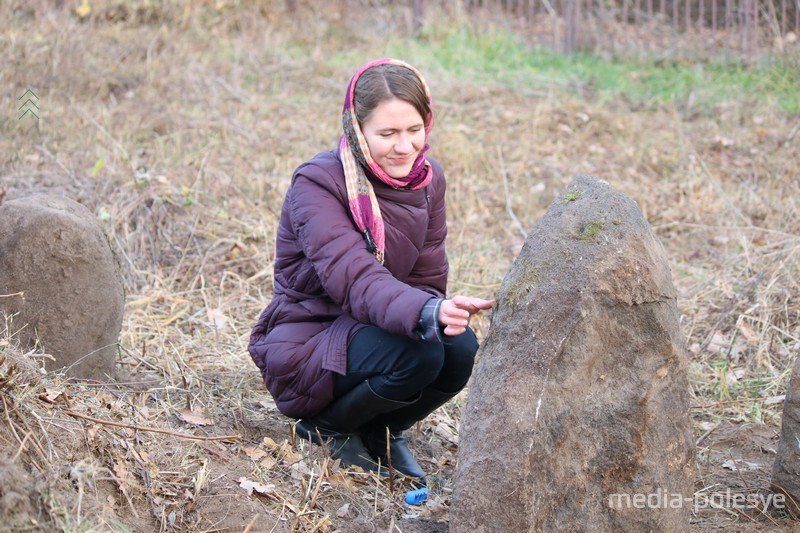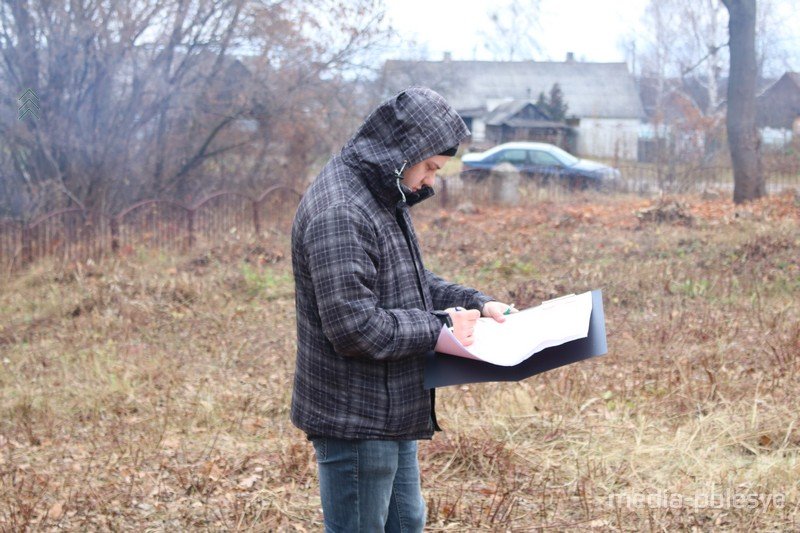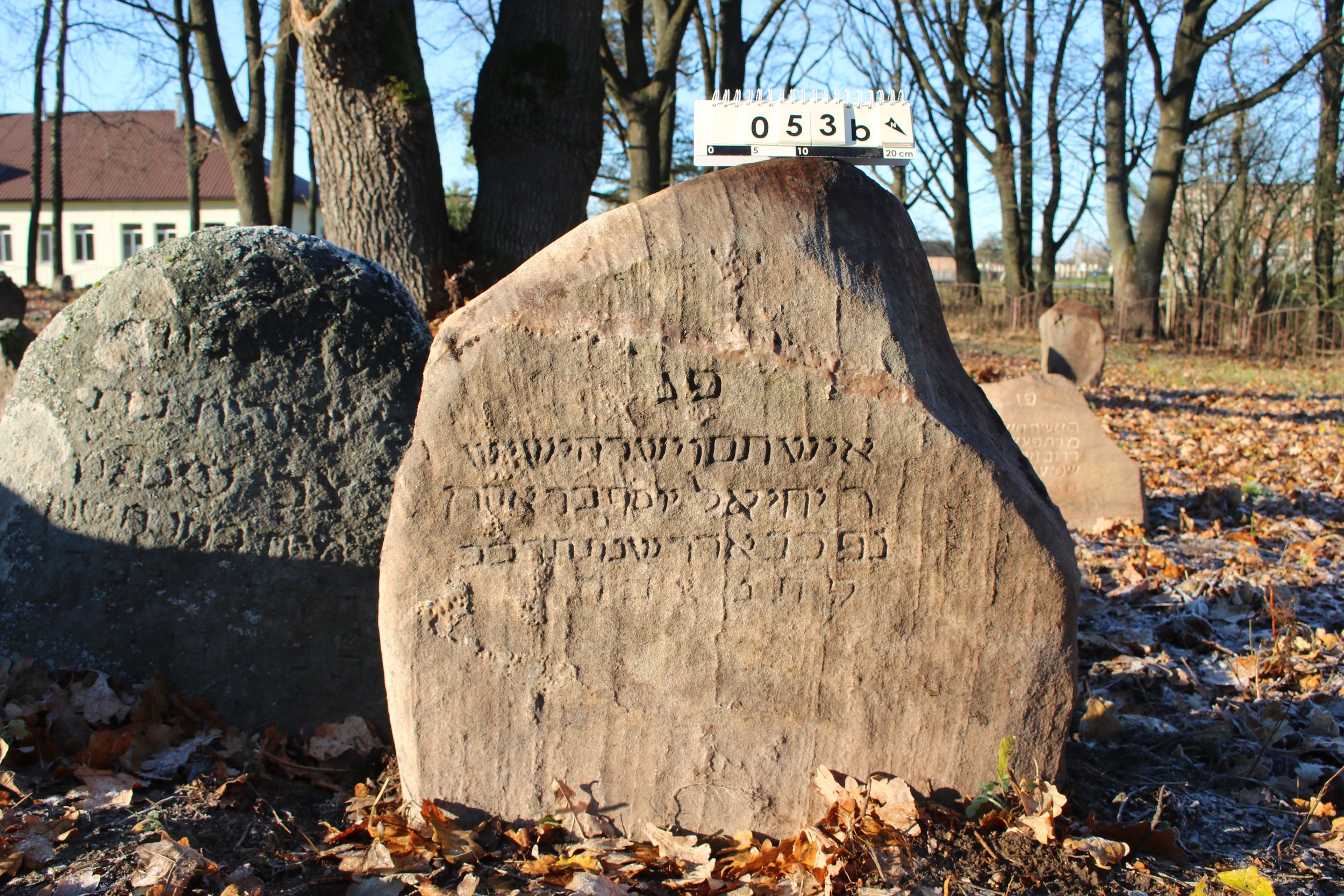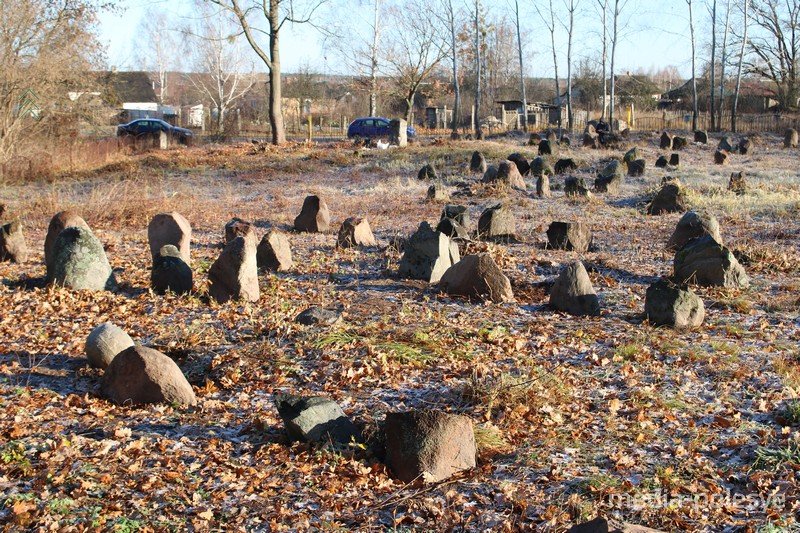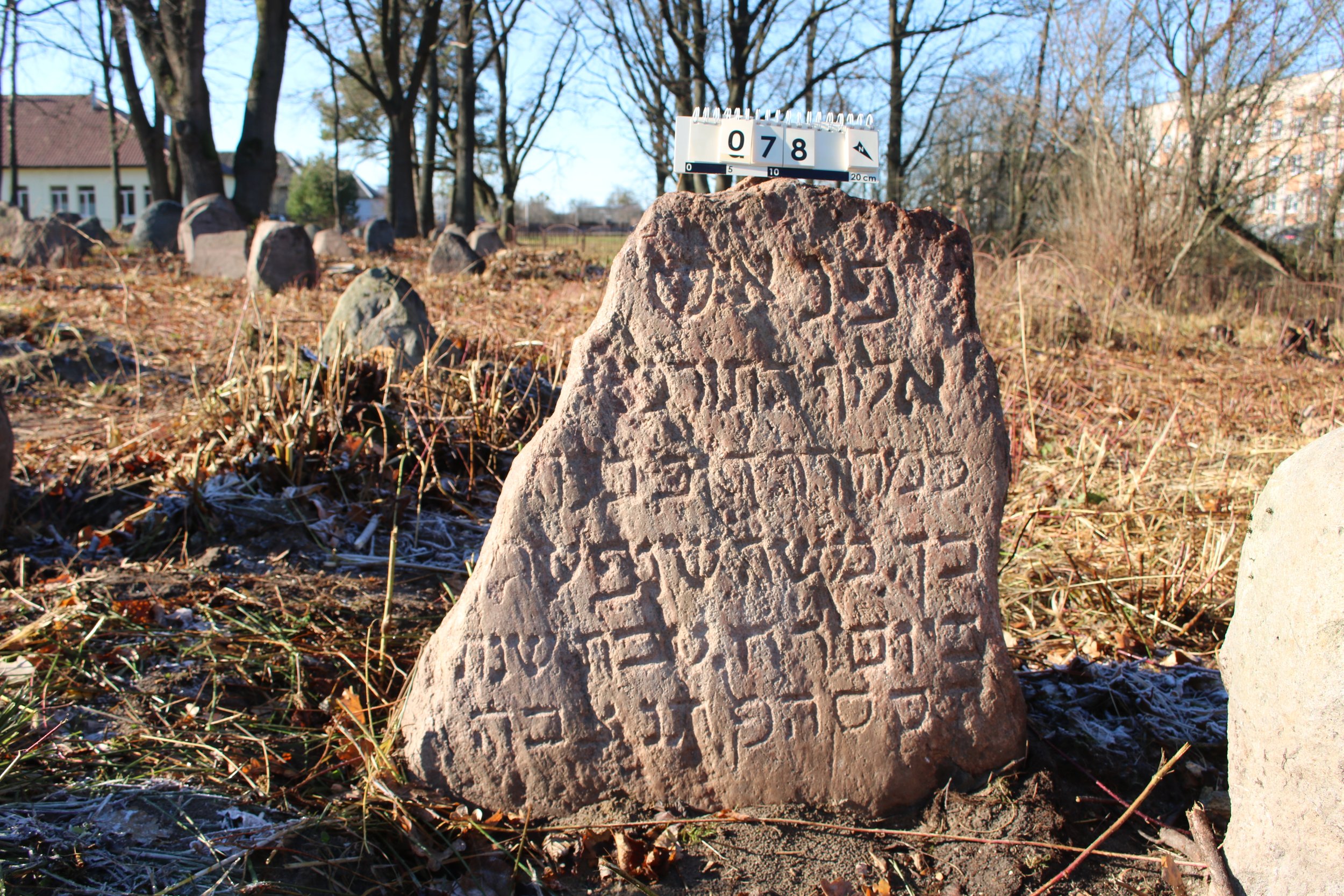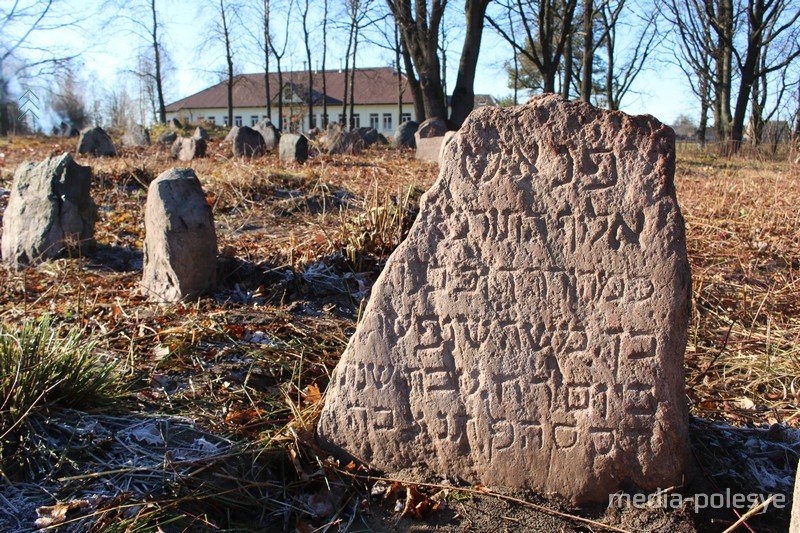Logishyn cemetery, 2018
When I first visited the cemetery in which my Klausner ancestors are buried it was entirely overgrown with trees, underbrush and bushes. You can see how it looked here. My family and friends provided funding to remove most of the plant material and build a fence. With the help of Yuri Dorn of the Jewish Heritage Research Group and the town’s mayor the work was done in 2018. See how it looked then.
We were preparing to apply herbicide to prevent plant life from overwhelming the site again since there are no Jews left in Logishyn to maintain it on an ongoing basis. The Belarussian soil and atmospheric conditions are astoundingly fertile. Then COVID hit and all work stopped. This is how it looked in August 2021.
The mayor decided that he will not apply herbicides to the cemetery because other plant life in the area may be adversely affected. However, he is willing to mow the grass once a year for a fee. We are currently arranging for that to be done. The next step in the renovation is to create a site map to inventory and photograph all the stones so we can know who is buried there. A Guide to Jewish Cemetery Preservation in Western Ukraine has a massive amount of information about best practices.
And Google Maps responded quickly to my request to add a label to the Lahišyn map!
Lahišyn cemetery in September 2021.
November 2021
We contracted with a small group led by Julian Verkholevsky and Sergei Kogalovsky from St. Petersburg State University to clean and adjust the position of the stones, create a map, photograph and then transcribe the inscriptions where possible. Here’s an article (and a translation) in the local press about the work.








